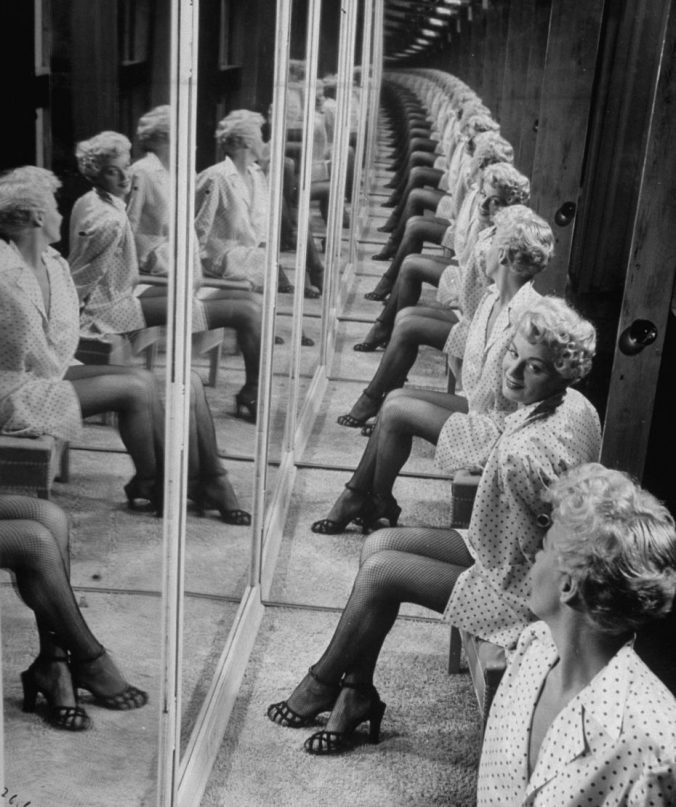Mirrors have been a part of everyday lives for most of history. Today almost every household in America has mirrors. Every morning you use mirrors when getting ready. The mirrors we use today haven’t always existed the way we know them. Let’s take a look at the evolution of the mirror.
Mirrors have been around since the era known as “prehistory”. These mirrors were not made of glass like today, but instead were often pools of still water or polished stones. The earliest manufactured mirrors found were made of polished volcanic glass, also known as obsidian. These primitive mirrors have been found in Turkey, and Central and South America.
Moving into the Bronze Age mirrors were being made from polished metals, such as bronze, silver, or copper. These polished metal mirrors have been found in China, Nubia, and Rome. Due to the materials used in the production, mirrors would easily tarnish and required frequent polishing. These materials are provided very poor color reflection. Towards the middle of the Middle Ages glass began to be used in the making or mirrors. These mirrors were poor in quality, often being curved and small. This gave the gazer a disproportionate view. These first glass mirrors were also expensive and fragile, so steel remained the primary material to make mirrors. The thin steel mirrors were coated with silver to improve the reflectivity.
Towards the end of the Middle Ages and the Renaissance many improvements were made in the art of glass making. These improved mirrors could be found in Germany, France, and Italy. Each region developed its own method for creating flat glass mirrors. The glass used to make these improved mirrors contained lead which gave them greater clarity and made the glass easier to work with. During the Renaissance the Venetians perfected a technique called amalgam. This technique enabled them to produce larger mirrors that were less fragile. This made mirrors more affordable to the everyday people, thus mirrors were no longer just for the rich. However these early mirrors still contained high levels of mercury.
During the Industrial Revolution machinery made it possible to bulk produce mirrors. The French were some of the first to develop techniques to mass produce glass for cheap. It was the Germans however that invented the silver-glass mirrors that we know today. They were able to layer liquid silver nitrate on glass to produce a smooth, reflective surface. This new process made better quality mirrors that were still cheap to make.
Today mirrors are available in a variety of finishes, shapes, and sizes. Different material can used depending on the purpose of the mirror. An automotive mirror will be made of a different material than a bathroom mirror. Mirrors have many more applications today, such as in microscopes or projectors.
Selecting a quality mirror for your home is a big decision. Hiring a professional who specializes in custom mirrors in Riverside, CA will make all the difference in your project. A qualified professional will be able to give you a custom mirror, and provide installation service as well.

Leave a Reply